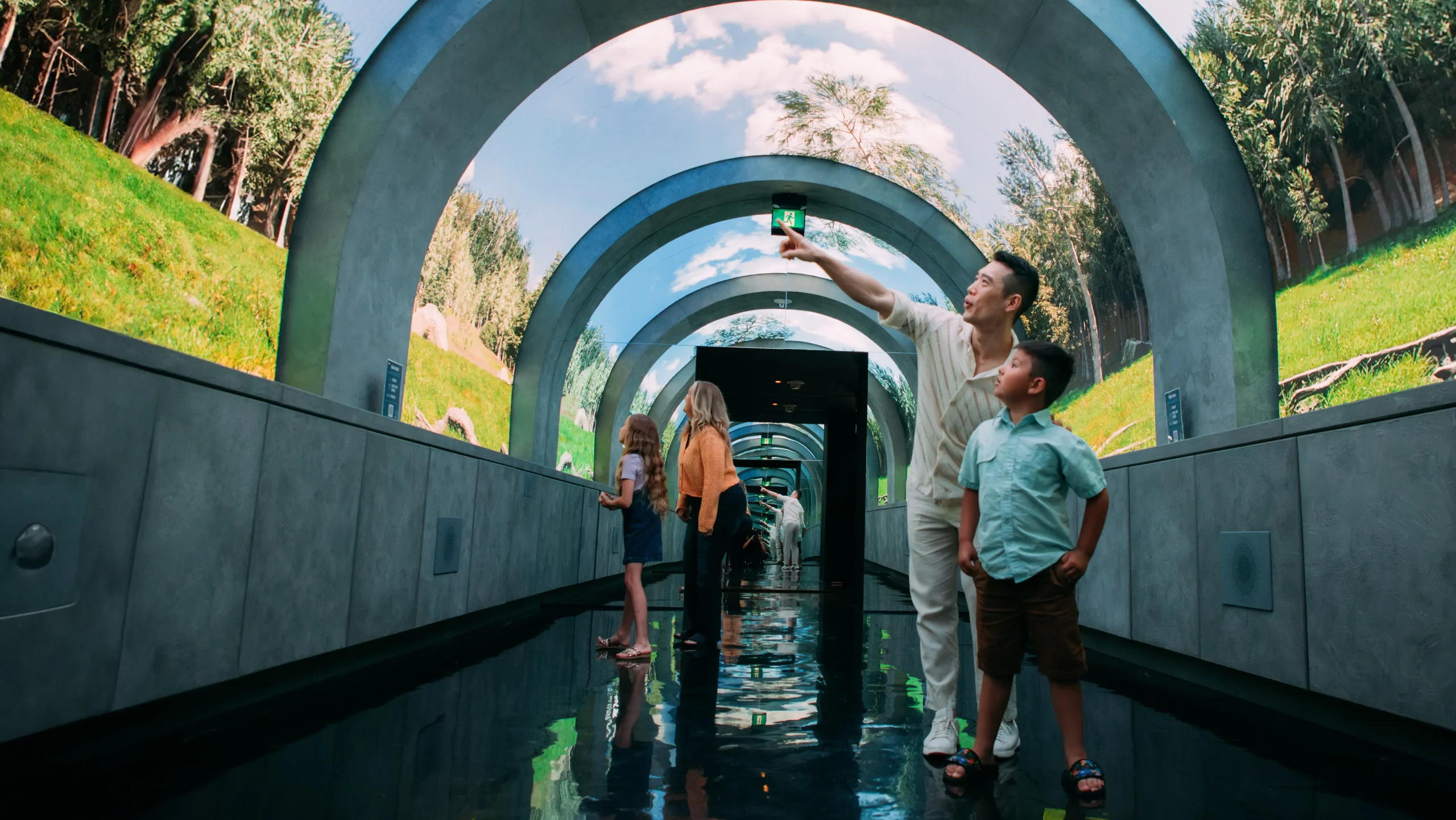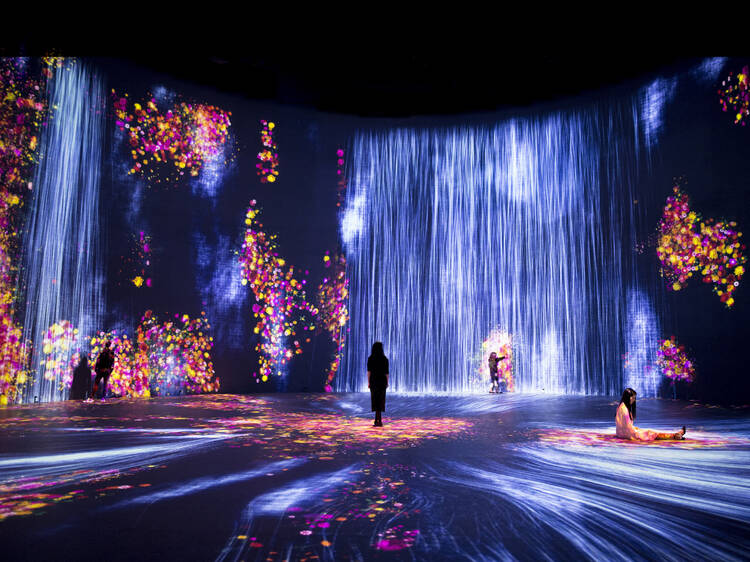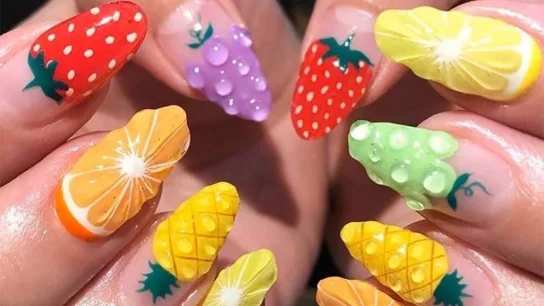In July 2025, Immersive Experiences stand tall as one of the most explosive trends, with search interest up about 625% over recent years explodingtopics.com. But what exactly is driving this momentum—and why is it so important now? Let’s explore everything from technological foundations to real‑world applications, market dynamics, and what lies ahead.
🌟 1. What Are Immersive Experiences?
At their core, immersive experiences go beyond passive consumption, fully enveloping audiences—whether students, customers, or gamers—in 360° environments. Key components include:
- Virtual Reality (VR): Entirely simulated environments users can explore.
- Augmented Reality (AR): Digital overlays on the real world (e.g., Pokémon GO).
- Mixed Reality (MR): Blends physical and digital layers (e.g., HoloLens).
- Multisensory Installations: Physical environments using sound, scent, touch, and visuals.
- Immersive Storytelling: Narrative spaces like escape rooms or interactive theater.
2. Why Is It Trending Now?
A. Technological Readiness
Hardware is improving fast: lighter headsets, better graphics, faster wireless. More people can access, and afford, immersive platforms.
B. Post‑Pandemic Demand
Remote interaction remains in vogue. Schools, businesses, and entertainment outlets increasingly rely on immersive tech for richer connections.
C. Content & Creator Growth
Creators on platforms like Unreal Engine, Unity, and WebXR fuel fresh immersive experiences. Expect vibrant ecosystems spanning indie to corporate.
D. Crossover of Industries
From retail and education to medicine, immersive tech is no longer niche—it’s mainstream.
3. Industry Applications
🎓 Education & Training
- VR labs allow safe chemistry experiments
- AR surgical training overlays help medical students
- Field trips worldwide, from Everest to Coral Reefs, without travel costs
🛍️ Retail & E‑Commerce
- Virtual showrooms let users “try on” furniture or clothes at home
- AR apps visualize how a sofa looks in your living room
🎭 Events & Entertainment
- VR concerts—attendees “attend” from home in 3D environments
- AR-enhanced sports with live stats overlay during real-time viewing
🏥 Healthcare
- VR therapy for PTSD or anxiety
- Pain management through distraction in immersive relaxation apps
🔧 Architecture & Real Estate
- Walkthroughs of future properties in VR
- Clients can visualize home designs before buildout
🎮 Gaming & Esports
- VR escape rooms and competitive VR games
- Multiverse-like social spaces where users interact as avatars
4. Case Studies: Immersion in Action
IKEA Place (AR)
This app lets you place furniture virtually in your home before buying—reducing returns and boosting confidence.
Carolina VR Labs
University of North Carolina uses VR for medical students, simulating patient interactions with feedback from real doctors.
Insomniac’s VR Fest
Annual festivals offering 360° DJ sets in virtual worlds, drawing global audiences with avatar avatars and immersive chat.
NHS Scotland VR Therapy
Helps PTSD sufferers by recreating controlled stress environments with calming interventions—reduced symptoms reported.
5. Barriers & Challenges
- Cost & Access: Headsets and equipment remain expensive. Equity and access gaps persist.
- Comfort: Extended wear raises issues like motion sickness—comfort features are improving.
- Standards: Multiple platforms and file formats hinder compatibility.
- Content Quality: Designing truly impactful immersive content is still complex and costly.
6. Market Trends & Growth
- Enterprise Adoption: Large firms use VR for remote worker onboarding and training.
- Social VR Platforms: Virtual spaces like Horizon Worlds and AltspaceVR continue to grow.
- Mixed Reality Funding: Big investments by Apple, Meta, and others signal future exponential advances.
- Cross‑Sector Innovation: Immersion entering art, therapy, sports, and public infrastructure (e.g., virtual tours of city planning).
7. The User & Creator Perspective
A. For Consumers
- Richer, customizable experiences
- Entertainment on demand, anywhere
- Personalized shopping and environment control
B. For Creators
- New storytelling paradigms
- Monetization via experiences tied to NFTs or tokens
- Democratization: hobbyists and pros on equal footing
8. Emerging Tech & Outlook
- AI Integration: AI-generated VR worlds evolve dynamically.
- Haptic & Scent Tech: Touch and smell bolstered by wearable tech and scent generators.
- Wearables: Biometric headsets for emotion-driven adaptive environments.
- 5G: High bandwidth enables seamless streaming of immersive content.
9. What’s Ahead: Predictions for Late 2025 and Beyond
| Prediction | Description |
|---|---|
| VR Classrooms Get Institutional | 10–15% of schools to include VR in their curriculum; K‑12 pilot programs grow. |
| AR on the Street | Smart glasses usher in AR walks, architecture overlays, etc. |
| Immersive Ads | Brands create short VR/AR ads as ad blockers accelerate decline of traditional ads. |
| E‑Commerce VR Boom | Virtual malls offer global product browsing—door-to-door VR shopping trips. |
| Virtual Tourism Raises Privacy | Experiences like Everest climbs will require ethical and environmental consideration. |
10. How You Can Get Involved Today
👥 Individuals & Enthusiasts
- Start with budget tools like Google Cardboard or free AR apps
- Join Sandbox-style community VR platforms
- Create content using beginner tools like CoSpaces or Unity
💼 Businesses & Educators
- Pilot VR training for sales, safety, or instructional courses
- Use AR tools in marketing—visual try-ons or product demos
- Connect with immersive content firms for bespoke experiences
🛠️ Developers & Designers
- Learn 3D platforms like Unity, Unreal Engine
- Explore WebXR for easy cross-platform deployment
- Incorporate AI for smarter interactions
11. Conclusion: Why It Matters
Immersive experiences aren’t a passing trend—they’re redefining connection in a digital world. They promise deeper engagement, more personalized interactions, and even tangible social impact.
As capacities expand and costs drop, expect explosive growth in the years ahead. For educators, brands, and creators, now is the prime moment to embrace this wave.
author : trendy stag







